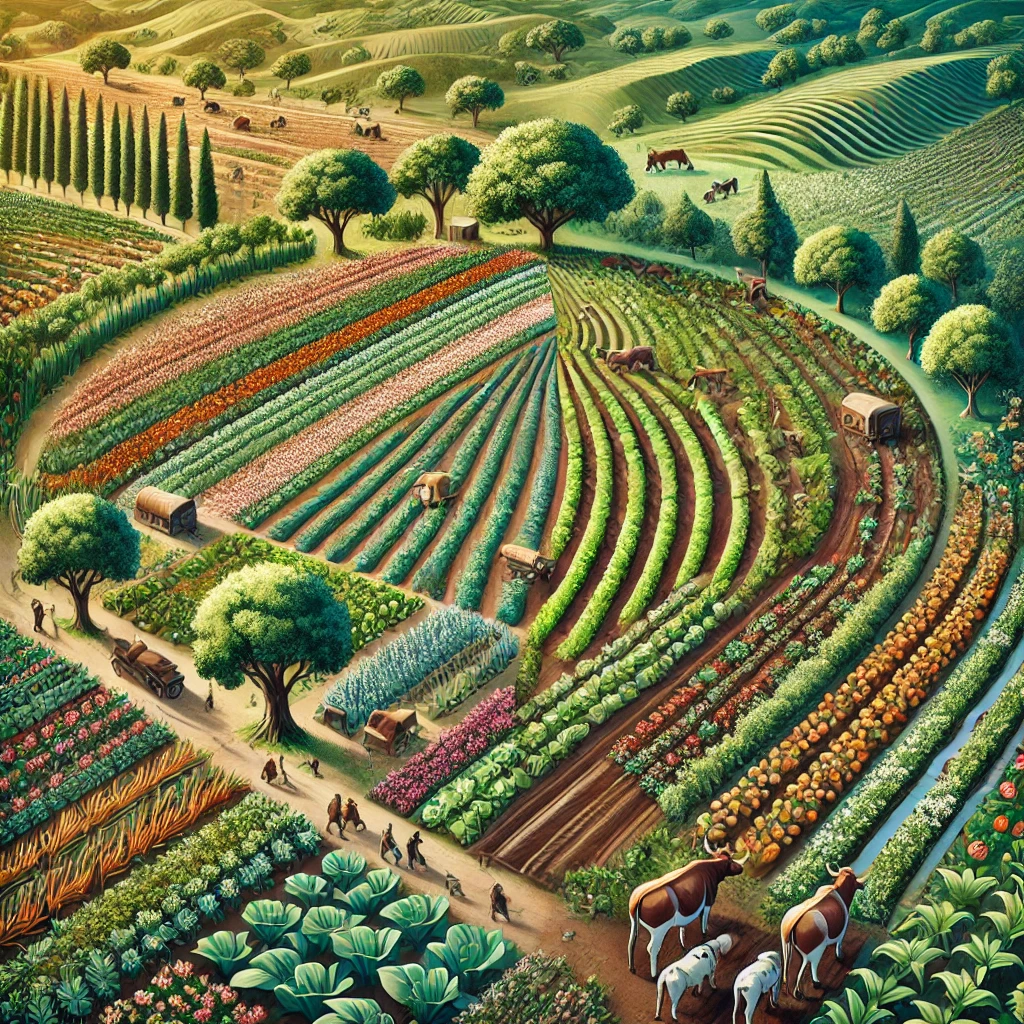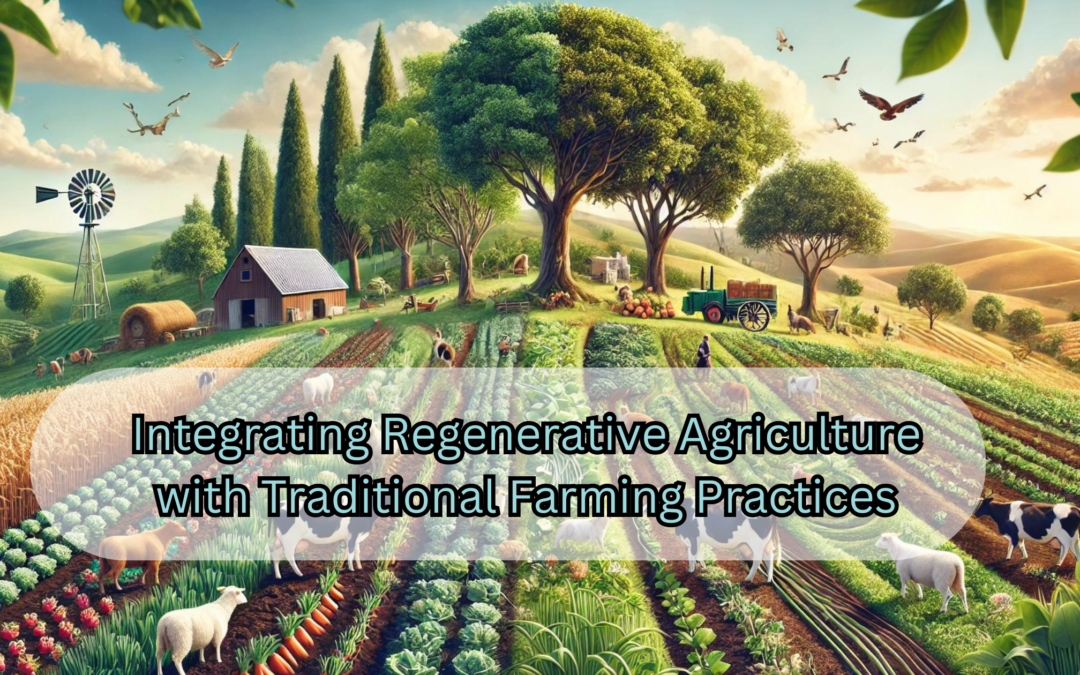Traditional farming methods and regenerative agriculture can work hand in hand to build more sustainable, productive, and culturally relevant farming systems. By blending these two approaches, farmers can improve soil health, boost biodiversity, and preserve local heritage. In this article, we’ll explore how integrating regenerative agriculture with traditional farming practices can create a better future for farmers and the environment.
Why Integrating Regenerative Agriculture with Traditional Farming Practices Matters
For centuries, traditional farming methods have been rooted in indigenous knowledge, with a strong focus on biodiversity, soil fertility, and working with nature. Practices like polycultures, agroforestry, and diverse crop rotations have long been the foundation of these methods. By integrating regenerative agriculture with traditional farming practices, we can enhance these techniques with modern approaches that prioritize ecosystem restoration and soil health.
Agroforestry: A Key to Integrating Regenerative Agriculture with Traditional Farming Practices
One area where integrating regenerative agriculture with traditional farming practices shines is agroforestry. Indigenous communities have used agroforestry systems for generations, combining crops, trees, and livestock to create balanced, sustainable farming landscapes. Adding regenerative elements like composting, rotational grazing, and planting deep-rooted crops can make these systems even more productive and resilient.
Agroforestry that incorporates regenerative techniques improves soil structure, boosts water retention, and enhances overall ecosystem health. By integrating regenerative agriculture with traditional farming practices like agroforestry, farmers can help restore ecosystems while building climate resilience.
Soil and Water Management in Integrating Regenerative Agriculture with Traditional Farming Practices
Effective soil and water management are essential to integrating regenerative agriculture with traditional farming practices. Traditional methods like terracing and swales have been used for centuries to manage water in difficult landscapes. Regenerative agriculture builds on these techniques by introducing keyline design and bio-intensive gardening, which maximize water distribution and reduce erosion.
When integrating regenerative agriculture with traditional farming practices, farmers can create systems that honor local knowledge while boosting soil health, reducing water usage, and minimizing erosion.

Social and Economic Benefits of Integrating Regenerative Agriculture with Traditional Farming Practices
The combination of regenerative agriculture with traditional farming practices also offers social and economic empowerment. Traditional farming holds deep cultural significance in many rural communities, and incorporating regenerative principles allows farmers to preserve their heritage while improving sustainability.
Because regenerative agriculture aligns with traditional methods, farmers are more likely to embrace these practices, leading to greater community buy-in. By promoting and integrating regenerative agriculture with traditional farming practices, we can ensure that both environmental goals and cultural heritage are preserved.
Training and Education: The Key to Integrating Regenerative Agriculture with Traditional Farming Practices
For integrating regenerative agriculture with traditional farming practices to be successful, education and training are crucial. Training programs that bridge traditional knowledge with modern regenerative techniques can equip farmers with the skills needed to create sustainable farming systems. By working together, local communities, agricultural experts, and development organizations can tailor regenerative methods to fit specific cultural and environmental conditions.
Join the Movement: Integrating Regenerative Agriculture with Traditional Farming Practices
By integrating regenerative agriculture with traditional farming practices, farmers can respect their heritage, boost biodiversity, and improve soil health. These practices create farming systems that are both environmentally sustainable and culturally meaningful—benefiting current and future generations.
Ready to join the movement? Become part of the Ecolonomic Action Team and contribute to the future of sustainable farming. Together, we can create a better, greener world. Join the EAT Community today!
Related Articles and Resources:
- How Regenerative Agriculture Can Boost Food Security in Developing Countries
- Traditional Farming Practices and Its Consequences
- How Forest Ecosystems Help Regulate Climate Patterns
- How Agroforestry Systems Helps with Carbon Sequestration
- Optimizing Irrigation Practices
- Understanding the Impact of Climate Change on Soil Health



